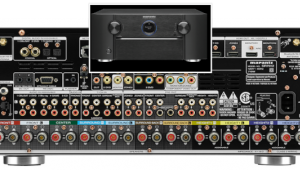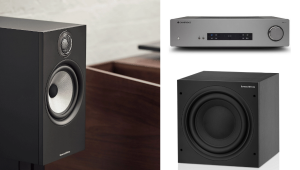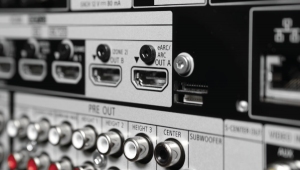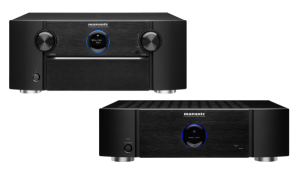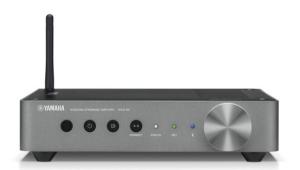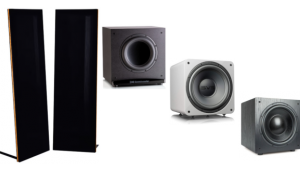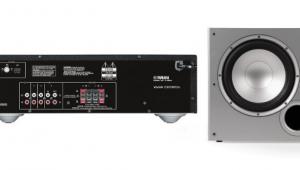What's Better: One Subwoofer or Two?
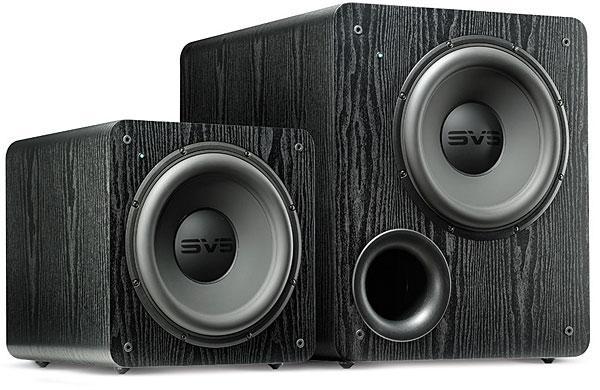
Q If I have a budget of $1500 to buy a subwoofer, should I buy one great sub or two good $750 subs? They would be used equally for both movies and music. Also, how do you connect more than one subwoofer to a receiver? —Raphaël Rainville, Montréal QC, Canada
A That depends on what kind of listening experience you’re looking for. A big sub with a 15-inch driver should easily deliver deep bass extension and powerful dynamics. On the other hand, with two (or more) subs—even ones with smaller drivers—you can expect smoother, better-defined bass over a wider range of listening positions in your room.
Why? Standing waves. The interaction of the subwoofer’s output with your listening room creates modes that boost bass at certain frequencies, and cancels it out at others. Adding a second sub will help to even out those response peaks and dips. Also, a single sub can usually be localized by ear—something that isn’t the case when using two or more subs.
A few years ago, Sound & Vision published a listening comparison entitled Subwoofers: 4, 2, or 1? that attempted to gauge the sonic differences when listening with one big sub and multiple smaller subs. The tests used the same material to evaluate a single unit with a 15-inch driver, two 12-inchers, and four 8-inchers. The result? The 15-incher delivered the most authoritative low end, but its pitch definition was left wanting compared with the smaller sub configurations. It also found that while the quartet of 8 inchers failed to deliver muscular bass, the 12-inch pair was nearly as impressive as the 15-inch sub on that front. This lead the tester, Brent Butterworth, to conclude: “Two 12-inch subs in the front corners of the room is a damn good compromise for lots of situations.”
So, if you’re looking for brute bass power and the lowest possible extension, go the 15-inch route. But a pair of good 12-inch subwoofers can get you close to the same experience—and also deliver better—balanced bass. Oh yeah—to connect them to a receiver, just use a Y-splitter cable adapter plugged in to the receiver’s subwoofer output.
